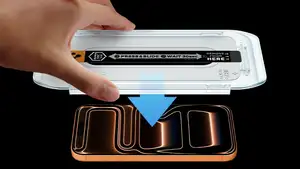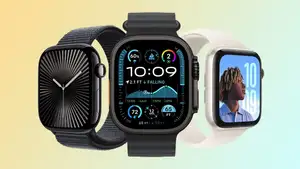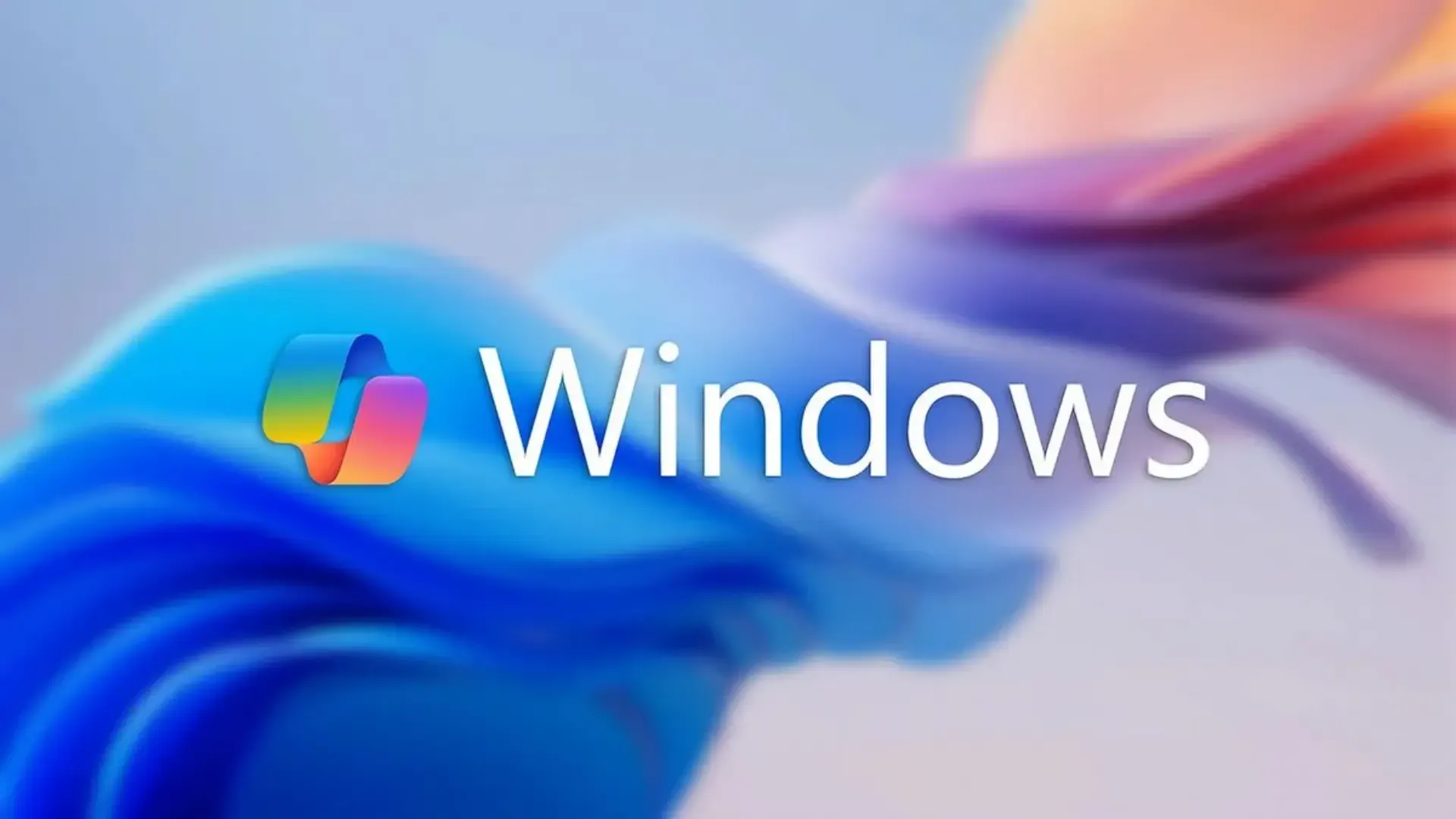
Windows 2030: AI Chat to Replace Mouse & Keyboard
August 8th - In technology’s fast-evolving landscape, few questions spark more curiosity than: What will the next Windows look like? Will Windows 12 revolutionize computing, or will Windows 13 redefine our relationship with devices entirely? According to David Weston, Microsoft's Vice President of Enterprise and Operating System Security, the answer lies in a dramatic shift—away from decades-old mouse and keyboard inputs toward AI-driven conversations as the primary interaction method.
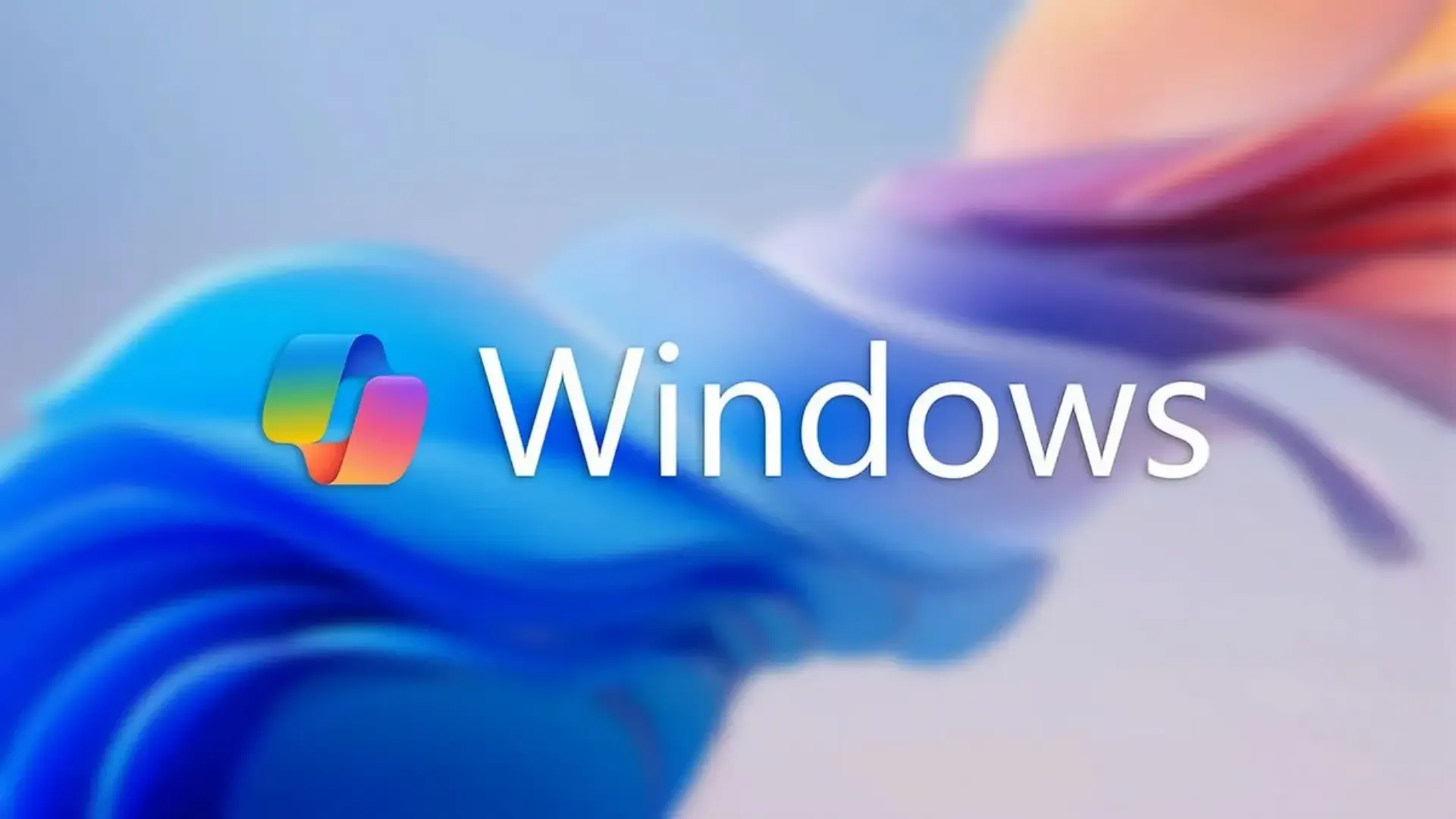
Recently, Microsoft released its Microsoft Windows 2030 vision video, offering a glimpse into the OS’s potential five years from now. In this narrative, Weston—central to shaping Microsoft’s OS strategy—paints a computing experience that feels less like using software and more like collaborating with an intelligent partner. Let’s explore this vision, its roots, implications, and what it means for users and tech’s future.
A Brief History: How We’ve Evolved to “Talk” to Computers
To grasp Weston’s vision, we must first trace how Windows—and computing—has evolved interaction models. Early personal computing relied on command-line interfaces (CLIs) like MS-DOS, where users typed specific commands for even simple tasks, creating a vast gap between human intent and machine action.
Windows 1.0 changed everything in 1985, introducing the graphical user interface (GUI) that defined generations. Suddenly, users clicked icons, dragged files, and navigated menus with a mouse—democratizing computing. Over time, Windows refined this: Windows 95 added the Start menu, Windows XP polished usability, and Windows 8 experimented with touch (a precursor to more natural interactions). Today, we toggle between mouse, keyboard, touchscreens, and basic voice commands via Cortana or Windows Speech Recognition.
But Weston argues evolution isn’t finished. “The world of clicking mice and typing keyboards will feel as foreign to Gen Z as DOS feels to many today,” he stated in the Windows 2030 video. Raised on Siri, Alexa, chat apps, and AI tools, younger users find typing and clicking clunky—a relic of less connected times. This shift isn’t just preference; it’s about efficiency. Younger users expect tech to adapt to them, not the other way around.
David Weston’s 2030 Vision: AI Agents as Collaborative Partners
At Weston’s vision’s core is AI agents—intelligent, personalized assistants integrating seamlessly into daily digital life. “Within five years, you'll ‘hire’ an expert that’s actually an AI agent,” he revealed. This isn’t just a smarter Cortana; it’s a context-aware partner understanding your work style, preferences, and goals.
Imagine starting your day saying, “Hey Windows, tackle today’s priorities.” Your AI agent summarizes emails, flags urgency, and suggests a schedule based on meetings. During Teams calls, it joins automatically, takes notes, and flags action items. Need a report? Dictate key points, and it organizes them into a polished document, citing past project data. “Interacting with it will mirror human interaction,” Weston emphasized. “Talk on Teams, assign tasks via email—it adapts to how you work.”
This shift unlocks human potential. AI agents eliminate “grunt work”: sorting emails, scheduling, formatting, and tracking deadlines. “These agents are capability amplifiers, letting us achieve what seemed impossible years ago,” Weston said. Freed from repetition, users focus on uniquely human strengths: ideation, creativity, connection-building, and identifying impactful projects.
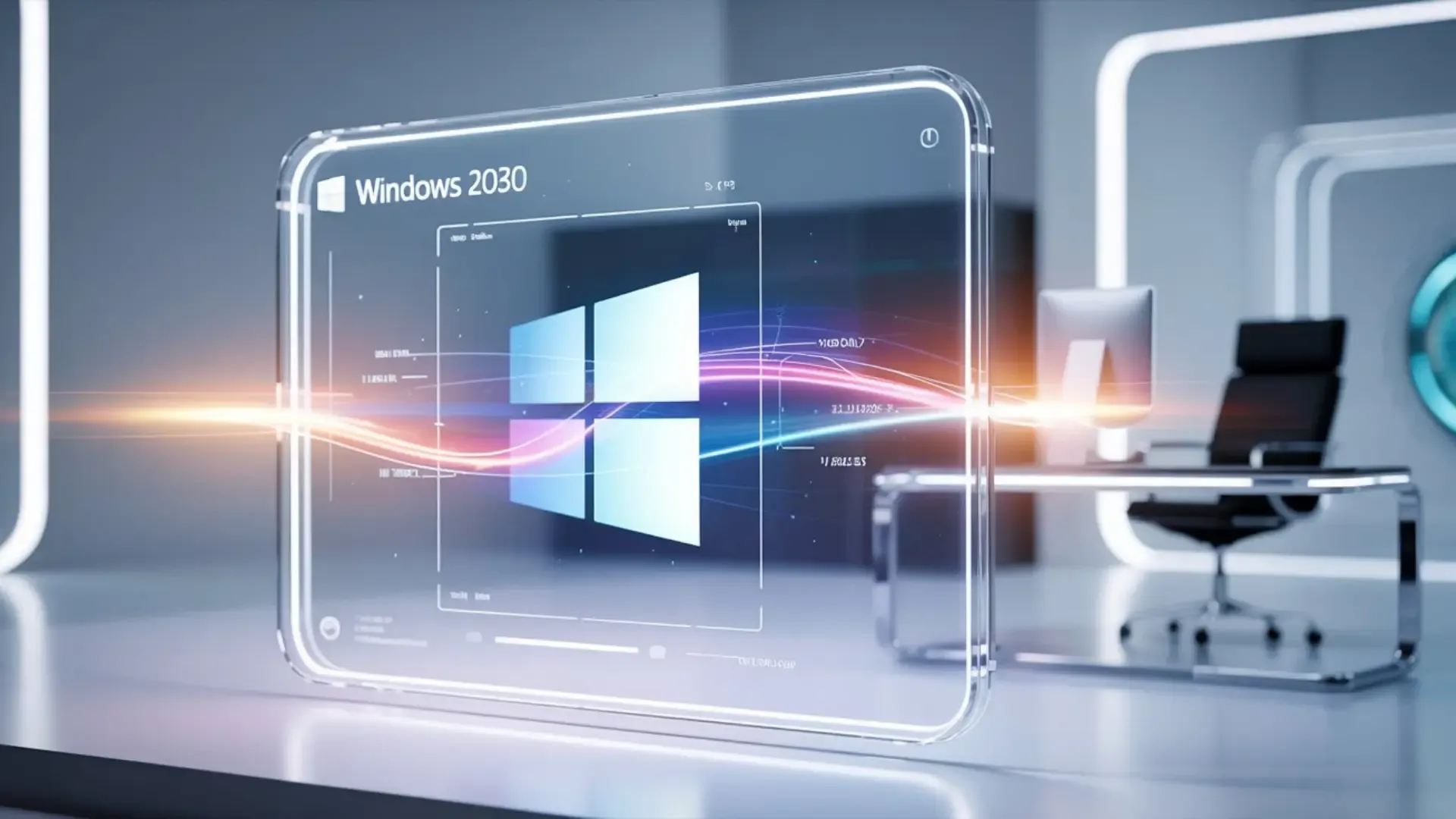
Multimodal Interactions: Computers That “See” and “Hear” Like Us
Weston’s vision extends beyond voice to “multimodal interactions”—a seamless blend of voice, vision, and context making computing nearly invisible. “Future Windows will feature multimodal interactions,” he stated. “Computers will see and hear what we do. We’ll talk to them to complete complex tasks.”
Take a design project: Hold up a sketch and say, “Digitize this, matching last week’s presentation palette.” Your Windows device uses computer vision to scan, convert, and pull color codes—no clicks needed. Or troubleshoot an error by showing your screen: “Why’s this popping up?” The AI analyzes logs and guides you through fixes in real time.
This relies on key tech: natural language processing (NLP) for speech nuance, computer vision for visual inputs, and machine learning linking data contextually. Microsoft already laid groundwork with Copilot (AI in Windows 11) and Azure AI powering multimodal tools. Weston’s vision simply makes these tools so seamless they fade into the background.
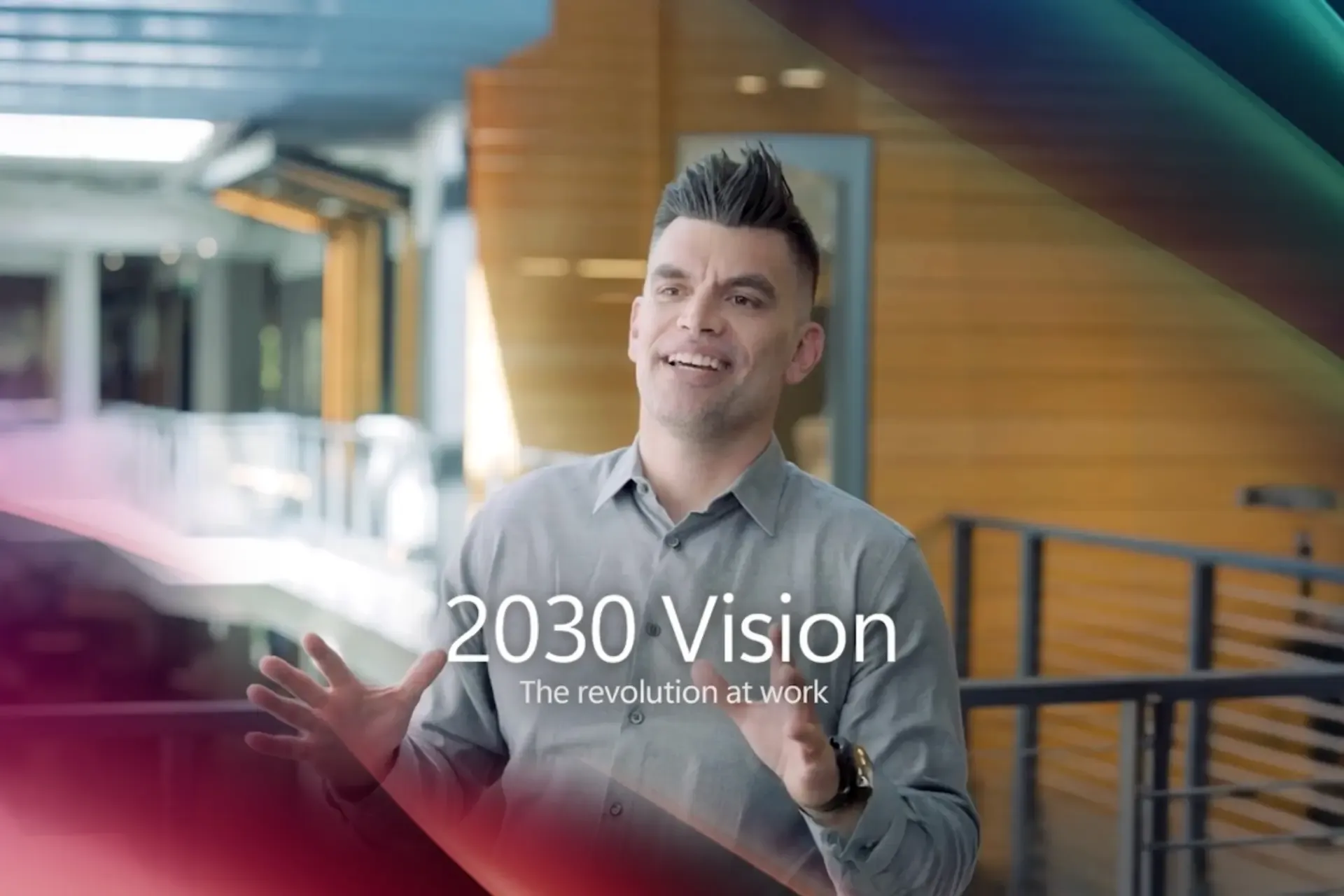
From Sci-Fi to Reality: How Close Is This Future?
While Windows 2030 feels like sci-fi, the building blocks exist. Microsoft has steadily integrated AI into Windows: Windows 11 introduced Copilot, an AI assistant for emails, documents, and more, accessible via a shortcut. The company invests heavily in large language models (LLMs) like GPT-4, which power its AI features, and expands Azure AI for advanced multimodal capabilities.
Weston isn’t alone in this prediction. Gartner forecasts that by 2027, 40% of enterprise app interactions will use conversational AI (up from 5% in 2022). IDC predicts over half of enterprise users will rely on AI agents for routine tasks by 2025, freeing time for strategy. These align with Weston’s timeline, making AI-driven interaction an industry trend, not just Microsoft’s vision.
Windows 12 (if that’s its name) won’t fully realize this overnight. Expect incremental updates: advanced voice commands, tighter Copilot-system integration, and better context awareness. Over time, AI agents will handle more complex tasks as technology matures.
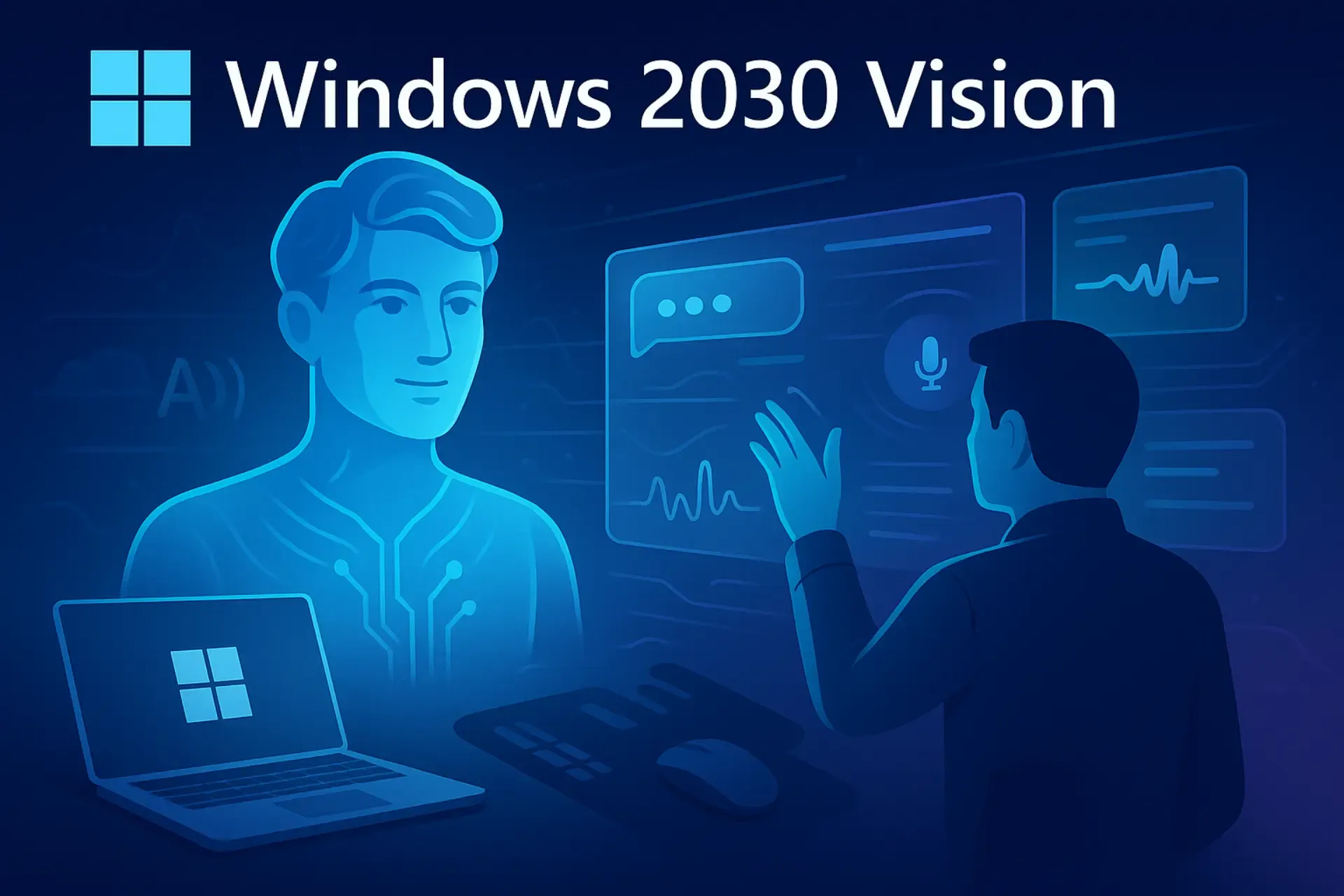
The User Experience Revolution: What This Means for Everyday Users
For everyday users, AI-driven Windows could redefine “using” a computer. Here’s how key aspects might change:
Productivity: Less Busywork, More Creativity
Planning a family vacation? Tell your agent, “Plan a 5-day Colorado trip for four in July with hiking and kid activities.” It researches, checks budgets, books flights/accommodations, and shares an itinerary—while you focus elsewhere. For professionals, this means less email triage and more time on high-impact work: designing, mentoring, brainstorming.
Accessibility: Computing for Everyone
AI-driven interaction promises greater accessibility. Users with mobility issues struggling with mice/keyboards could thrive with voice and multimodal tools. Visually impaired users might benefit from agents describing screens, reading documents, and navigating interfaces. Weston’s vision aligns with Microsoft’s accessibility commitment, turning tech into an empowering tool for all.
Learning and Adaptation: Computers That Grow With You.
Today’s software requires users to learn its rules—memorizing shortcuts, adapting to updates. In Weston’s future, AI agents learn from you. They recognize speech patterns, understand file-organizing preferences, and anticipate needs. If you work on spreadsheets mornings, your agent opens files automatically. Over time, your Windows experience becomes uniquely tailored to how you work.
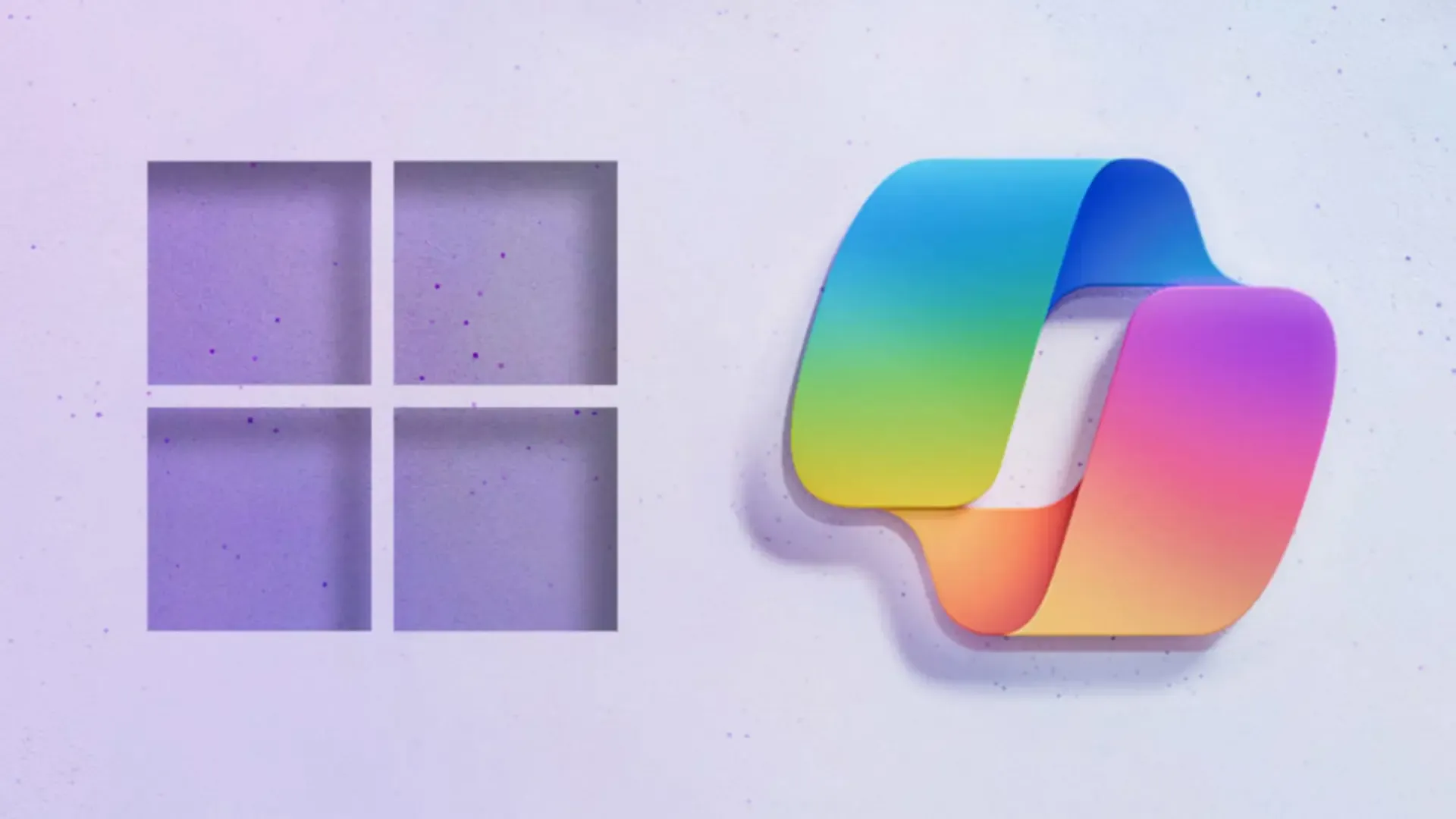
Potential Challenges: Privacy, Reliability, and the Human Touch
While exciting, this vision faces hurdles. Privacy is critical: AI agents “seeing” and “hearing” daily activities collect vast data. Microsoft must prioritize encryption, transparent policies, and user control over shared info. “Users need confidence their data is secure and agents work for them,” Weston noted in a follow-up interview.
Reliability is another issue. Anyone frustrated by a voice assistant misinterpreting commands knows tech must be nearly flawless—especially in high-stakes scenarios like work meetings. This demands better NLP, contextual understanding, and testing across accents, languages, and use cases.
Then there’s the “human touch.” AI handles routine tasks, but human interaction remains irreplaceable—empathy in service, creativity in brainstorming, face-to-face nuance. Weston clarifies: “AI isn’t replacing humans. It frees time for work requiring human intelligence. AI handles the mundane; we focus on what matters.”
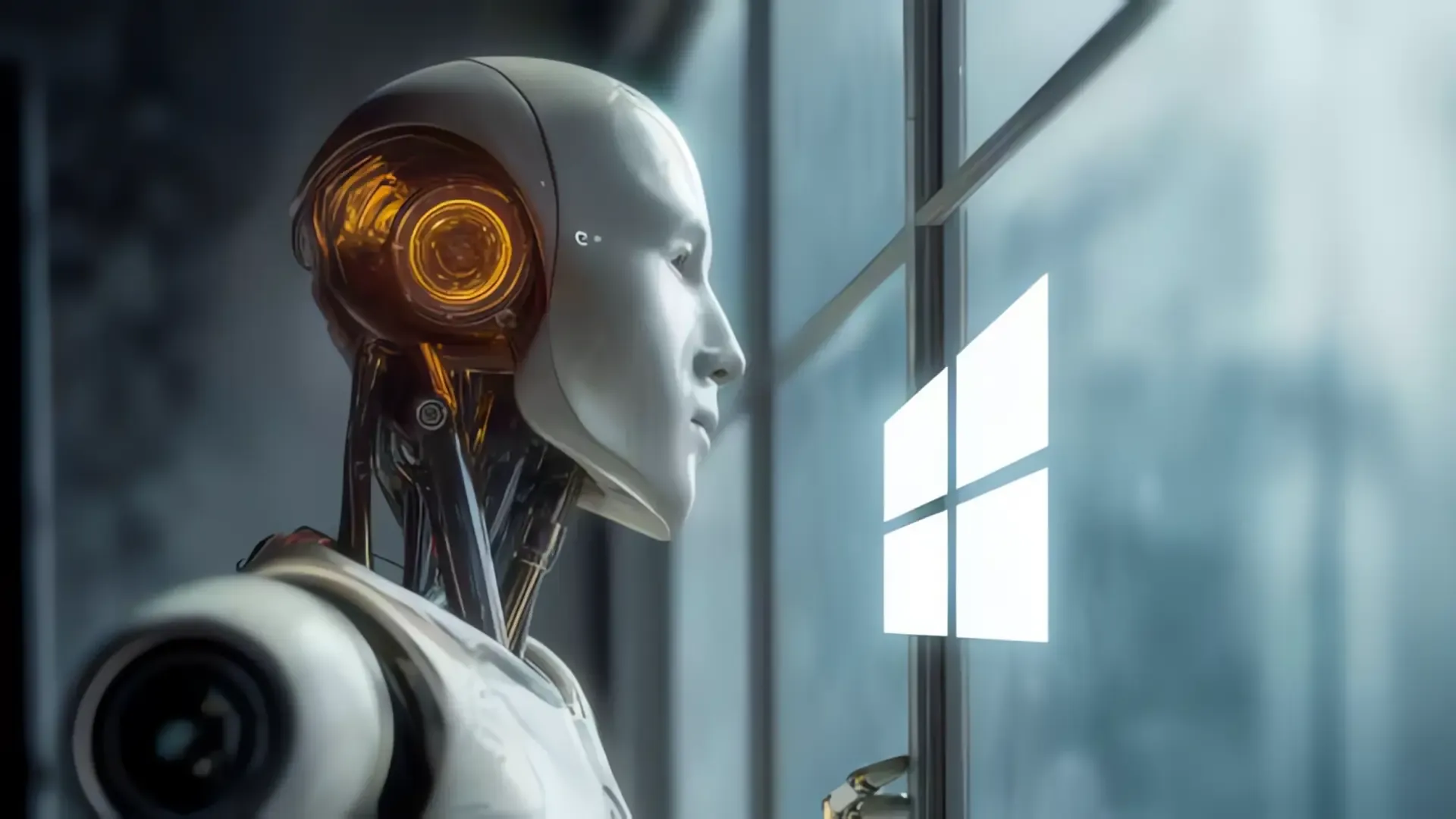
The Road Ahead: Windows 12, 13, and Beyond
Weston’s vision offers a roadmap for Microsoft’s OS evolution. We can expect:
- Enhanced Copilot Integration: Windows 12 may make Copilot a central hub, not a separate tool.
- Multimodal Features: Early computer vision and advanced voice recognition could debut.
- AI Agent Prototypes: Basic agents for email or meetings may launch before broader capabilities.
- Ecosystem Synergy: Tighter links between Windows, Teams, Office 365, and Azure for seamless agent workflows.
By Windows 13, these features could mature: AI agents handling complex tasks, multimodal interactions feeling natural, and mouse/keyboard inputs becoming optional for most users.
Conclusion: A More Natural, Human-Centric Future
Weston’s Windows 2030 vision isn’t just about new tech—it reimagines computing as a natural, human-centric experience. By replacing mouse and keyboard with AI conversations, Microsoft aims to make tech fade into the background, letting users focus on what matters. Whether Windows 12 or 13 delivers this, one thing is clear: Computing’s future will be less about typing/clicking and more about talking, creating, and connecting.

Balancing innovation with trust will be key—ensuring AI agents are reliable, secure, and user-focused. If Microsoft succeeds, we stand on the cusp of a revolution where devices feel less like tools and more like partners. For a generation raised with AI, this future can’t come soon enough.


